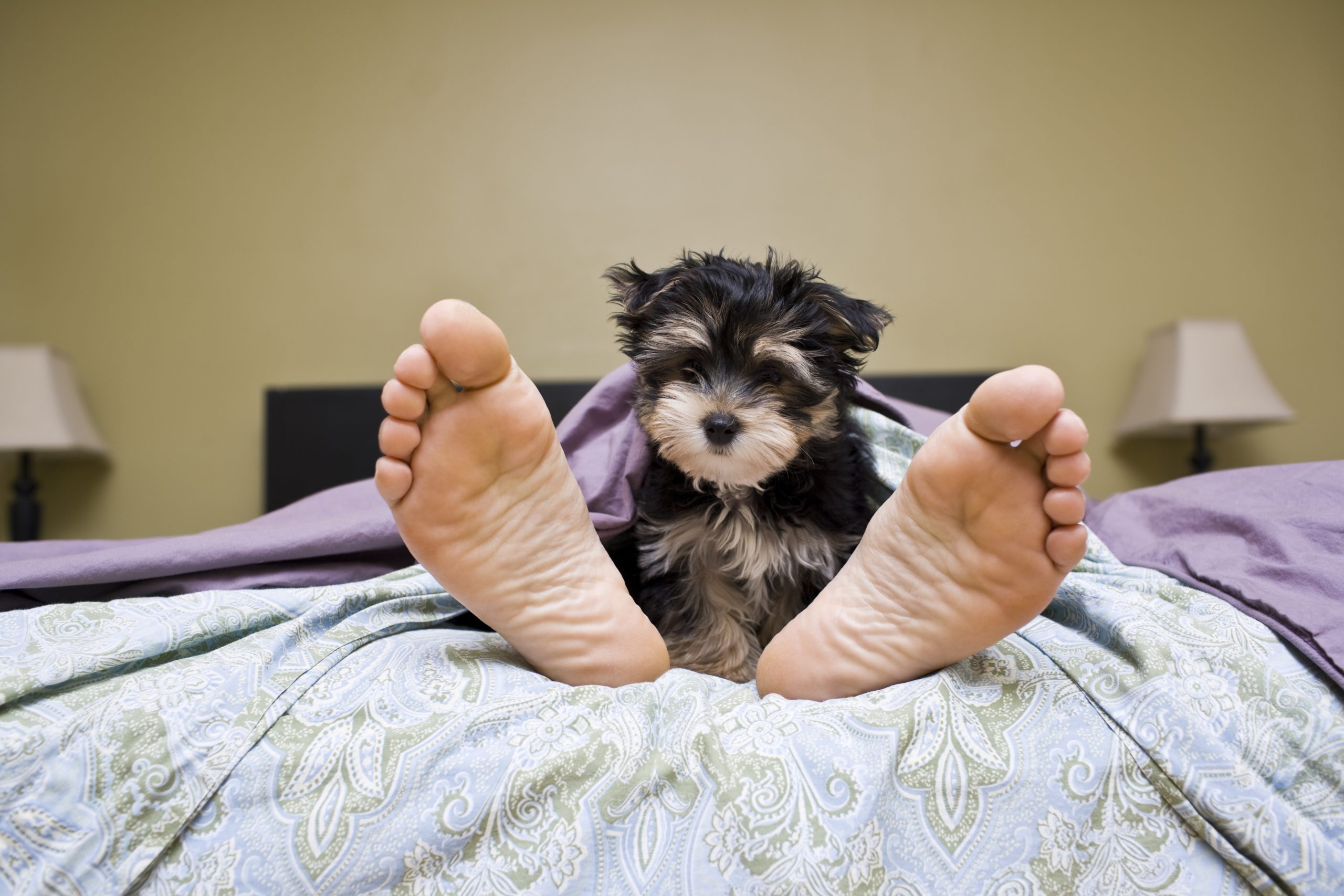What to do when your dog is aggressive towards other dogs while out on a walk
A-list dog trainer Ben Randall tells the tale of tackling a tricky issue with a dog getting aggressive while out on its daily walk.
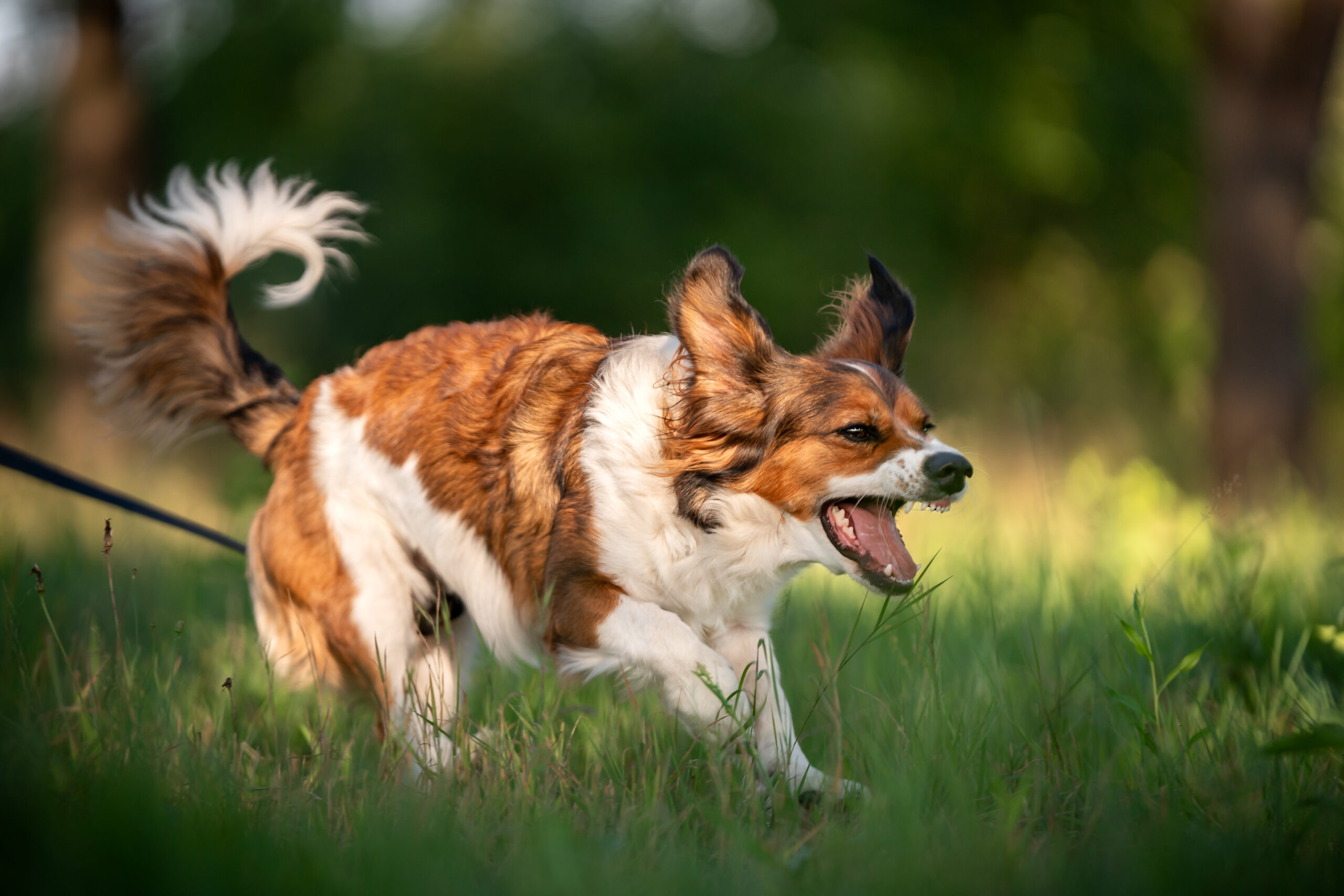

Every week in this column, I choose one of the emails that readers have sent in via paws-for-thought@futurenet.com and help deal with their situation. This week, though, it's something a little different — and it's prompted by last week's piece about a dog and owner who'd been left somewhat traumatised when the dog had been attacked by another dog while out on a walk.
It so happens that I've just been working with someone who has experienced this same situation from the other side, and I thought it'd be helpful to share the story.
I recently had a home visit with a client with two bulldogs. One of them — the bitch — was very needy, very spoilt, but very loved, and had no behaviour issues.
Sadly we couldn’t say the same for the male. He had a number of problems with barking and guarding, reacting badly to people coming in and out of the front door, and other issues around the home. It only got worse when he was out on walks, when the moment he caught sight of another dog, he’d lunge and bark frantically. It was making even simple daily exercise incredibly stressful for the owners.
Before I visited the dog I got some background on the training that had been given. The couple had brought in a string of trainers and dog psychologists to help them — something which is usually not a good sign. It always worries me when multiple trainers haven’t been able to solve a problem.
On talking through things, though, it became clear what had been happening. Without going into too much depth, most of the training was bribery-based – often as not focused on earning bits of cheese — but there were some really bizarre ideas that my clients had been given, up to and including medication.
One example she shared was a trainer who came to do a visit and head out on a walk with the dog and its owner. Whilst out and about, the dog started barking furiously after catching sight of another dog some 100 yards away, and the trainer simply told my client to turn and walk in the opposite direction, away from the dog. When my client explained that that’s hardly a solution – if she’s trying to get home, or out to the shops, or anywhere else with the dog, she can hardly turn round and head back home — but that protest fell on deaf ears. Unfortunately I hear these sorts of stories on a daily basis.
Sign up for the Country Life Newsletter
Exquisite houses, the beauty of Nature, and how to get the most from your life, straight to your inbox.
Where to start in this situation, then? As many of my clients and readers know, I like to look at other behaviours which might have taken dog and owner to this point. So before resolving the bulldog’s behaviour on the lead around other dogs, first we needed to ask why there are issues at home, particularly the threshold issues related to visitors, from friends to delivery drivers, who come to the door.
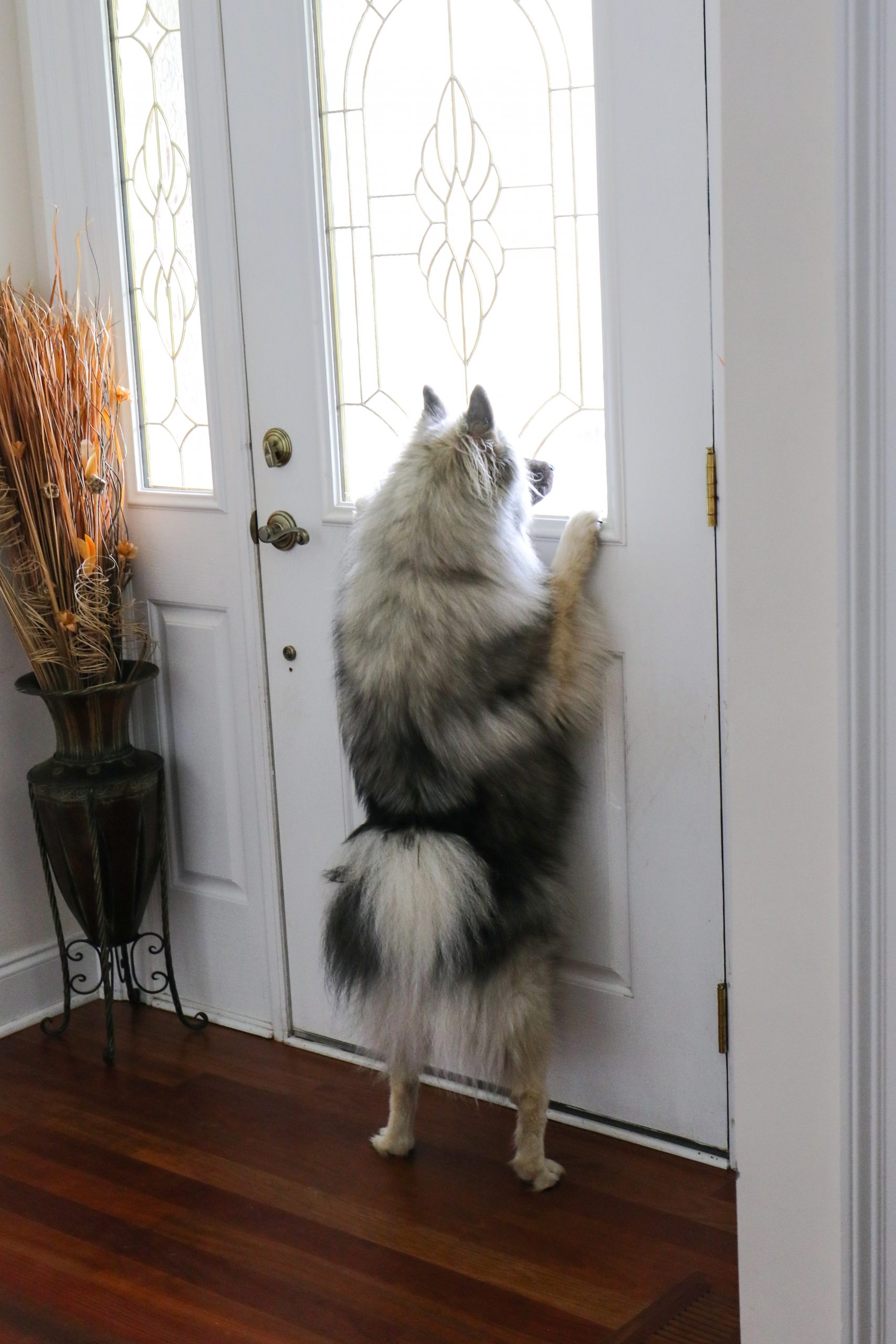
The root cause of this sort of behaviour is almost always anxiety: the dog reacts because he thinks there’s a worrying situation that he needs to take charge of. They need to know that their owner is on the case, is in control, and that there is nothing to worry about when doorbells ring or strangers come near. So we started putting in a programme to tackle that first.
We taught both the family’s dogs that if there’s a knock at the door, or someone comes in or out of the door with keys, they had to trot over to sit in their large, open crate. If they waited there calmly, then a short while after the visitor had left, the dogs were called out of the crate to get ready for a walk, and rewarded with a small piece of kibble.
We practised with the people in the house coming in and out, reinforcing the idea that when a visitor comes, the dogs would be rewarded for going and sitting in their crate. They started managing this even during the lesson, which was great to see.
We then went out on a walk, with me and my client taking the aggressive bulldog, and her husband taking one of my own dogs, who I’d brought along in the car off on a different route. We went off separately arranging to circle round so as to to simulate meeting each other as if by chance.
The bulldog was walking to heel with me with a harness, trotting along happily… right up until it spotted the other dog while still a good 100 yards away. It went mad, and ran off towards the other dog. I didn’t stop it immediately, but instead held the lead tight and waited for him to pull the slack out of it – then I firmly called ‘Leave!’. He turned around and I showed him a reward, but didn’t give it to him yet. Instead I called him to heel once more, with him still knowing that I had a reward that could be his if he could sustain good behaviour. He kept calm, and the two dogs were able to walk to heel while peacefully going past each other. I waited a little longer, and then finally gave the reward to the bulldog.
My client’s reaction was pure amazement, seeing what could be achieved so quickly. We tried again, swapping sides this time, and it worked. We repeated it, and it worked again. Eventually we let my dog off the lead so it could run around while my client had her own dog back on the lead, and she was able to walk it calmly up and down the path.
Clearly this situation was simulated, but it shows the way forward for both dog and owner. My client needs to keep working on the leave command, stopping her dog barking at the door, and building up her dog’s patience, particularly at mealtimes, to build a better partnership with the dog.
I’m pleased to say that after the first week, she’s reported back and everything is going to plan. The dog did regress slightly on one walk and tried to get away, but I’ve got the client to go back a stage, and for now aim to walk at quiet times when fewer other dog walkers are about.
We’ve got a return visit pencilled in soon to put this to the test, and if all goes well the idea is that we’ll try the situation with multiple dogs all out at once on a walk. I’m hoping that the stronger the partnership between dog and owners becomes, the more the dog will trust the owner and realise he doesn’t need to react this way.
For more detailed advice about Ben Randall’s positive, reward-based and proven BG training methods, one-to-one training sessions, residential training or five-star dog-boarding at his BGHQ in Herefordshire, telephone 01531 670960 or visit www.ledburylodgekennels.co.uk. For a free seven-day trial of the Gundog app, which costs £24.99 a month or £249.99 a year, visit www.gundog.app/trial
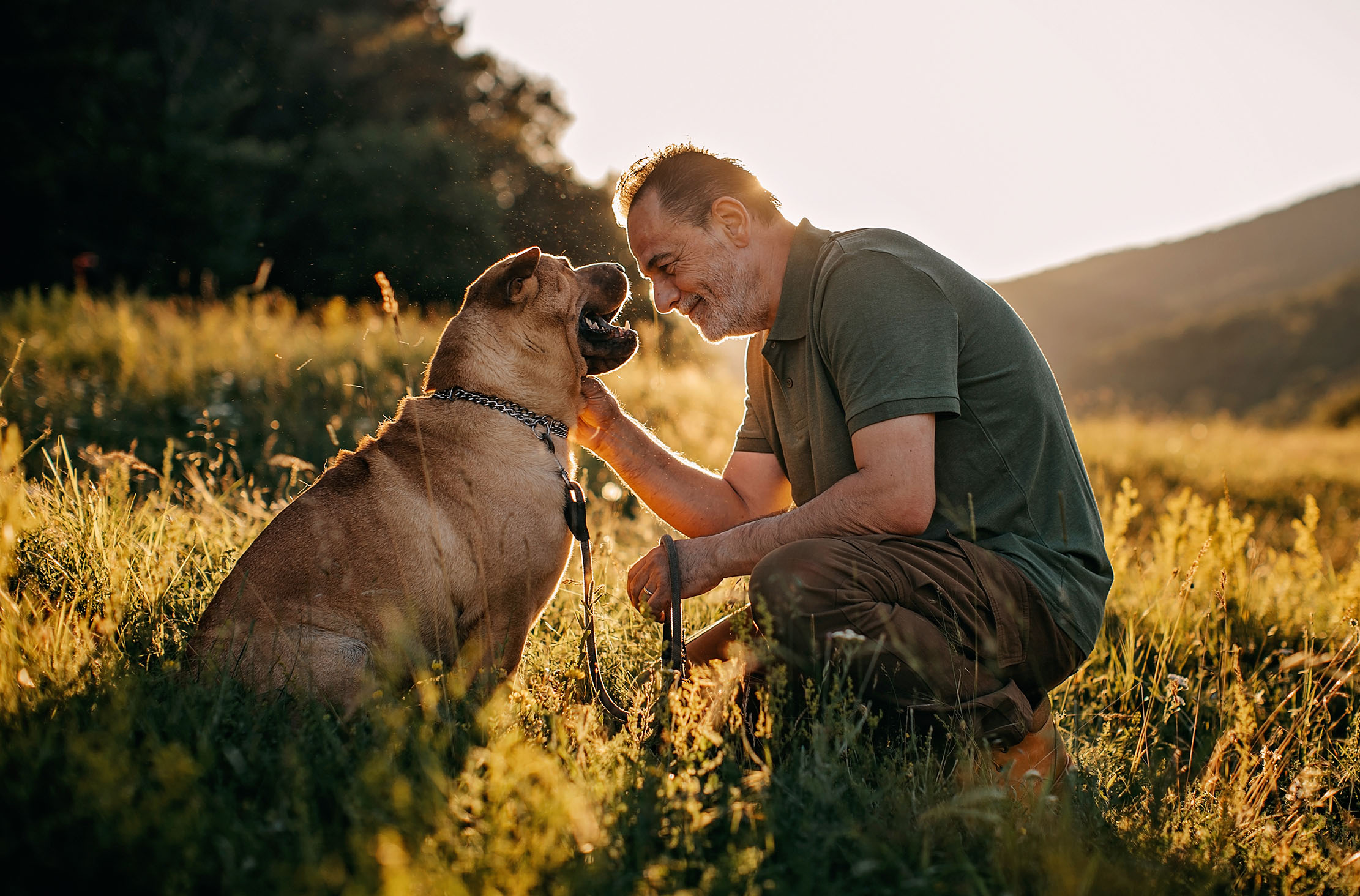
Credit: Getty
How to 'reboot' an older dog whose training has fallen by the wayside, by expert trainer Ben Randall
The saying 'you can't teach an old dog new tricks' simply isn't true, explains Ben Randall.
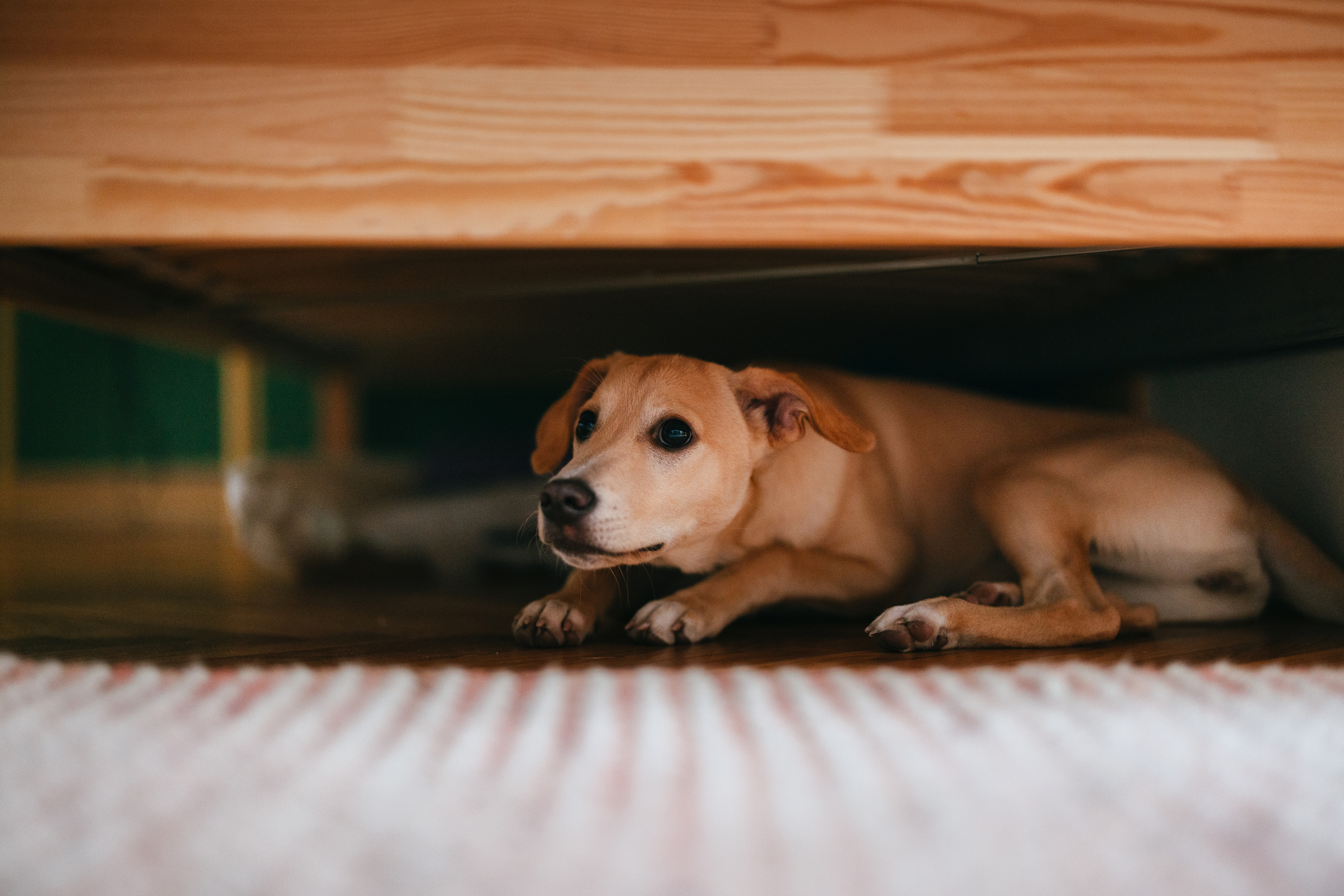
Credit: Getty
'My dog is scared of loud noises — and now a building site has appeared next door. What can I do?'
Award-winning dog trainer Ben Randall explains how to help your dog get used to loud noises.
-
 A day walking up and down the UK's most expensive street
A day walking up and down the UK's most expensive streetWinnington Road in Hampstead has an average house price of £11.9 million. But what's it really like?
By Lotte Brundle
-
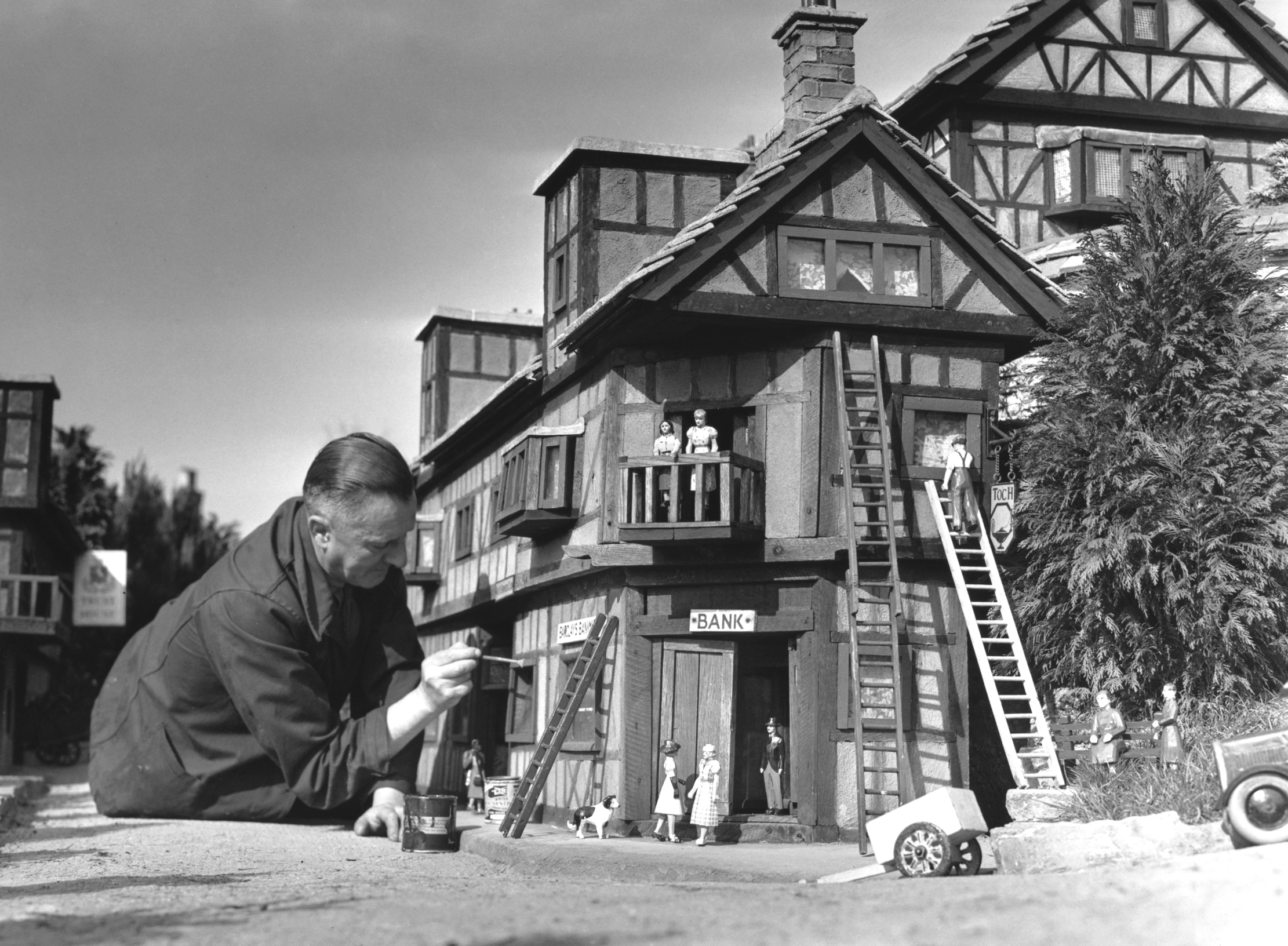 Life in miniature: the enduring charm of the model village
Life in miniature: the enduring charm of the model villageWhat is it about these small slices of arcadia that keep us so fascinated?
By Kirsten Tambling
